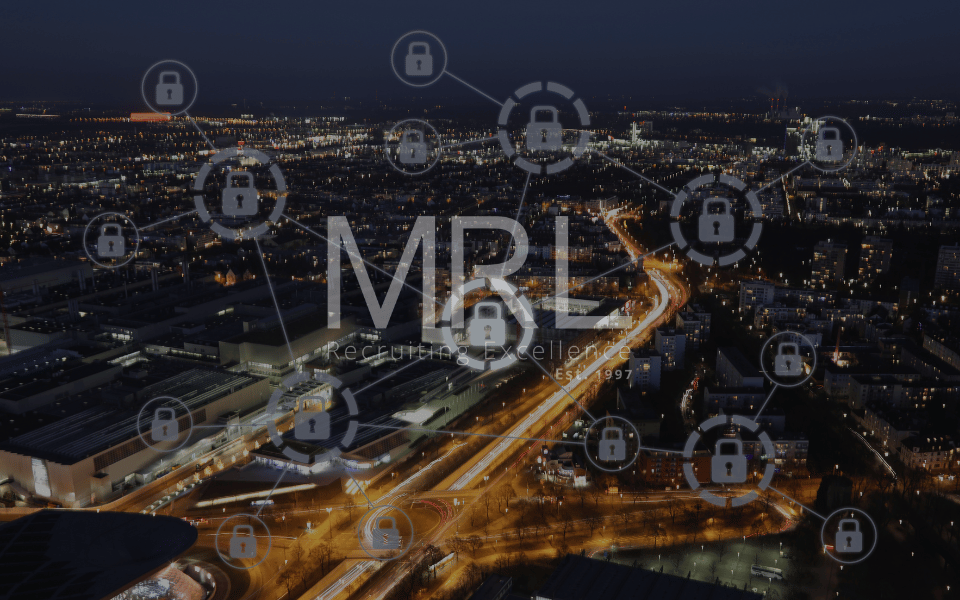What is LiDAR?
29 Apr, 20255 minsDeveloped in the 1960s, LiDAR (Light Detection and Ranging) is one of the standout innovatio...

Developed in the 1960s, LiDAR (Light Detection and Ranging) is one of the standout innovations of the last century. It’s been used to revolutionise industries from agriculture to transportation. But what actually is it, what does it do, and how does it work?
Understanding LiDAR
What is LiDAR?
In simple terms, LiDAR is a remote sensing technology that uses laser light to measure distances and create 3D maps of objects and landscapes. It works by sending out rapid pulses of laser light towards an object or surface. When the laser hits its target, it reflects back toward the LiDAR sensor. The sensor then measures how long it takes for the laser pulse to return. This time can be used to calculate the distance between the sensor and the object. When used for 3D mapping, LiDAR systems send out thousands or even millions of laser pulses per second. This can be used to create highly detailed, three-dimensional maps and models of the scanned environment.
Where is LiDAR used?
One of the key benefits that makes LiDAR so valuable is its versatility. Consequently, it’s used in a wide range of fields.
Autonomous vehicles – Self-driving cars rely on LiDAR sensors to understand their surroundings. LiDAR in autonomous vehicles means that cars are able to create a 3D map of the environment, to detect pedestrians, cars, and other potential obstacles and take evasive action.
Mapping and topography – LiDAR is now widely used in map creation, Aerial LiDAR systems mounted on planes or drones can quickly scan large areas, generating detailed 3D maps of any terrain.
Forestry – In forestry, LiDAR helps measure tree height, canopy density, and forest biomass, providing critical data for managing forests and monitoring environmental health.
Agriculture – In agriculture, LiDAR can be used to assess crop health and predict yields by mapping the topography of fields. This can help farmers optimise irrigation and planting techniques.
Archaeology – In 2024, LiDAR was used to uncover a ‘lost’ Mayan city in Central America. Buried under dense jungle foliage, it was undetectable to the naked eye. And this is far from the first instance of LiDAR being use in archaeology.
Environmental monitoring – By measuring the height and structure of vegetation in a particular area, LiDAR can help assess biodiversity and monitor the health of ecosystems. It is also used in flood modelling, coastal erosion analysis, and studying changes in the environment over time.
Why is LiDAR so beneficial?
While all of these tasks can be handled in other ways, LiDAR’s offers detail and speed that are hard to beat. Capable of capturing the smallest of details, LiDAR can provide highly accurate measurements, often with centimetre-level precision. And it does so remarkably quickly, making it the most obvious choice for mapping vast landscapes, forests, or urban environments. But beyond that, it’s also extremely versatile, capable of being used in various and challenging conditions. And unlike other technologies, it’s able to provide 3D imaging, allowing for the development of highly detailed and realistic models
What’s next for LiDAR?
LiDAR tech may already be widely used, but demand means that it’s continuing to develop. In the coming years, it’s likely that it will become more easily accessible; with advancements in miniaturisation and a move towards more affordable systems, we may even see it embedded into smartphones and consumer drones. However, more immediately, LiDAR is at the heart of the growing autonomous industry.
LiDAR technology may have been around for more than 60 years, but it remains a very vital and contemporary technology. It’s already revolutionising the way we do so many data gathering tasks. And there’s little doubt that it will continue to be an integral part of the future of transportation, agriculture, environmental science, and who knows what else.
Are you looking for a career in LiDAR technology? Find out more from MRL.





